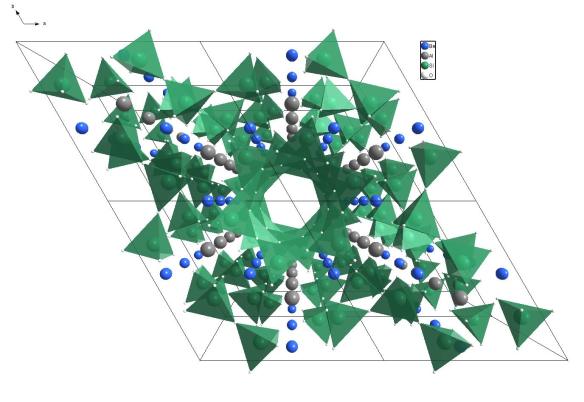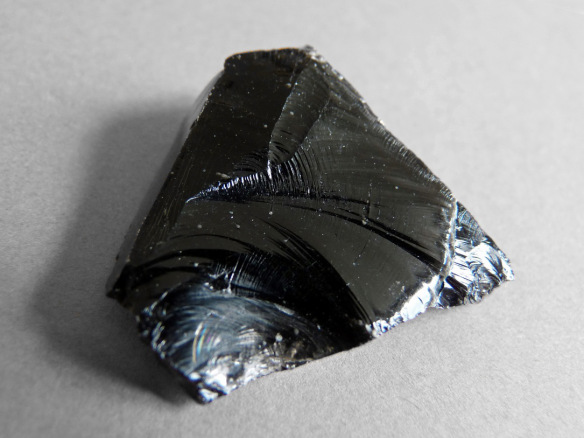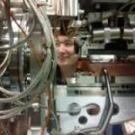May's Birthstone: Could you actually build an Emerald city?
What does it look like?

This structure picture was made using the Diamond Visualisation software. Oxygen is white, Silicon is green, Aluminium is grey and Beryllium is Blue.
What is it?
Here we go again, more BERYL!
Just like the birthstone for March, this month’s birthstone is a variant on Beryl. This time the colour, that lovely emerald green, is due to chromium and sometimes a little bit of vanadium. Emeralds have been mined since at least 1500 BC and today they are primarily found in Columbia. As we have talked about Beryl before, I thought I would ask another Emerald related question: Could we build an Emerald city?
The wizard of Oz introduces us to a whole city made of Emerald, but how realistic is this?
Emerald has a density of 2.76 g/cm3, slightly denser than concrete (2.4 g/cm3) and other common building materials, so it would be slightly more awkward for the "stone" masons to haul about but still quite manageable. However, the masons who have to shape the stones would probably be unimpressed that it doesn’t cleave nicely like other stone does but has a conchoidal fracture, rather like you might see in volcanic glass (see below), so it would be difficult to make nice bricks out of it for building houses.

Conchoidal fracture in volcanic glass. From Wikipedia.
It is also not usual to get large crystals of Emerald - most tend to be about the size of the jewellery where we are used to seeing it. However, giant emerald crystals do exist, notably, the Bahia Emerald is one of the largest emeralds ever found. The approximately 840 lb (1,900,000 carats) stone originated from Bahia State in Brazil where several other large Emeralds have been found. So our Emerald city would most likely be somewhere near Brazil for ease of mining and transportation.
Emerald is quite a hard material. On the Mohs scale of hardness (1 is talc and 10 is diamond), it rates a 7.5 – 8, so it would likely be hard enough to withstand daily wear and tear from people going about their daily tasks.
One of the largest impediments to the long-term survival of an emerald city could be the weathering of the emerald. Emerald weathers to kaolinite, a clay material which is very soft and which you can read all about here, together with the reasons that kaolinite might not make the best building material. Luckily, this weathering is likely to take thousands of years, so the city would probably survive long enough!
Where did the structure come from?
This structure was determined by Hazen, Au and Finger in 1986 using X-ray diffraction in a laboratory. It was part of a high pressure study of Beryl and an associated mineral Euclase. The data was collected in a Diamond anvil cell using a Molybdenum X-ray tube.
Hazen R M, Au A Y, Finger L W American Mineralogist 71 (1986) 977-984






